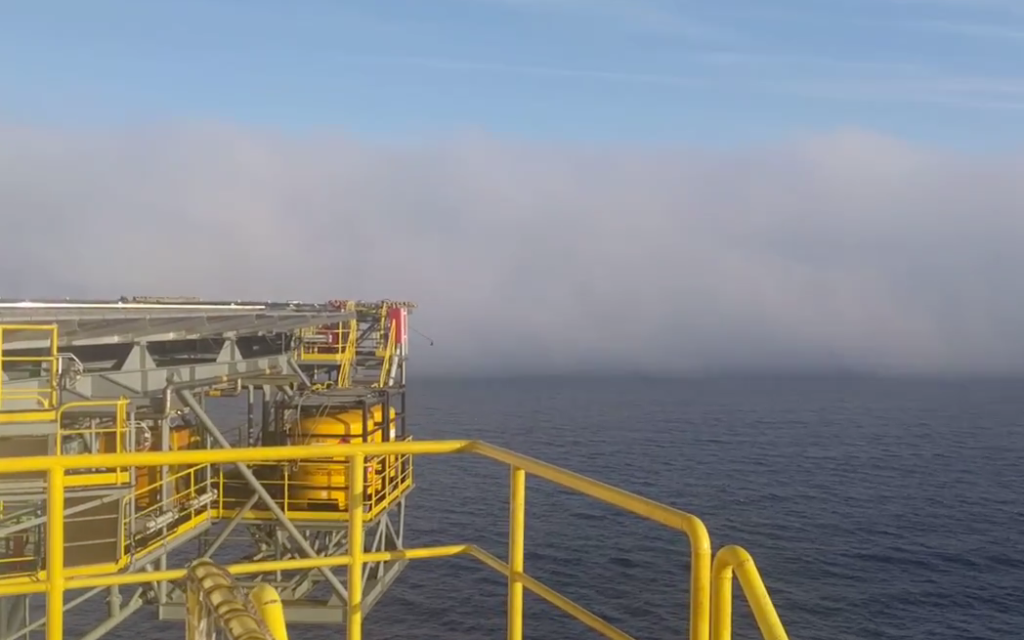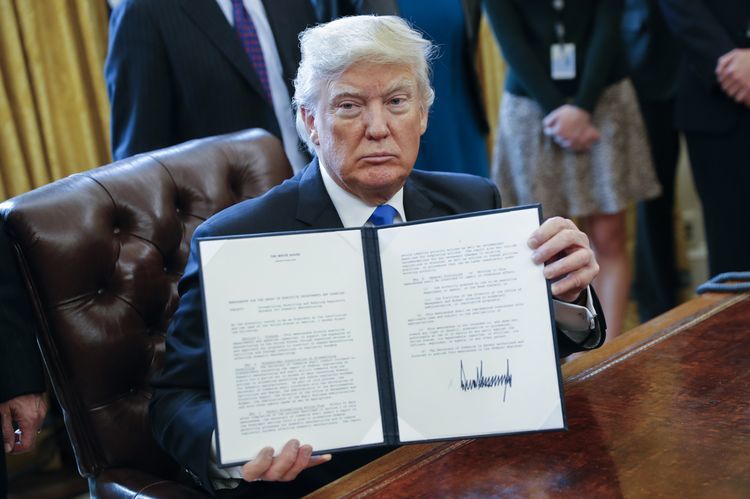
While a ‘price floor’ in the North Sea windfall tax has been welcomed, north-east energy experts questioned whether it’s enough to spur new investment.
On Friday HM Treasury revived an earlier pledge to withdraw the upper 75% headline tax rate of the Energy Profits Levy (EPL) on oil firms, should oil and gas prices return to “historically normal levels” for a sustained period.
For this to happen, average oil and gas prices need fall to, or below, $71.40 per barrel for oil and £0.54 per therm for gas, for two consecutive quarters.
However, there has been skepticism over whether this is a threshold that will be reached.
“Yes, it’s a step in the right direction. Yes, the government is listening to industry, but these are distinct markets and coupling them means actually you never get the EPL reduced – which is what’s undermining investment and activity in the industry,” Paul de Leeuw, director of the RGU Energy Transition Institute, told Energy Voice.
At present gas trades for around 60p per therm, from a peak of £6, and oil roughly $75 a barrel, down from $130 last year.
Yet forecasts from the Office for Budget Responsibility (OBR) also suggest that forward prices are unlikely to ever hit necessary levels, meaning levy will go unchanged until its sunset in March 2028.
“In this case, although it looks alright on paper, and alright in its intention, it might never materialise for the industry – and I think that’s not what the government is trying to do and that’s not what the industry is asking for either,” Mr de Leeuw said.
“It’s hard to invest when prices are really low, so you need to make sure there’s a mechanism in place to incentivise investment.
“I think the sentiment in the industry is pretty clear. There’s a lot of operators pulling back from investment in the UK.
It comes as operators such as Harbour Energy blamed the policy for its decision to slash 350 UK jobs and suggested it would look to diversify its business in other markets.
North Sea fiscal review
Also contained with the Treasury’s EPL announcement was confirmation of a review into the wider fiscal system surrounding oil and gas.
The review, to begin shortly, will look at ring-fence activity “in its totality” HM Treasury said, including Petroleum Revenue Tax, Ring Fence Corporation Tax, Supplementary Charge, and the different tax reliefs and allowances available within the regime. A report is then expected by the end of the year.
Professor Alex Kemp of Aberdeen University said this review may do little to assuage the cautious approach to UK investment that has taken over since the levy was introduced.
“The review means there’s a lot of uncertainty about what the content would be, and what the conclusion might be. Given that investments in the North Sea are long-term ones – even for small fields we’re talking a fair number of years – it’s unclear what attitudes investors would take.
“At the moment they may have a cautious view about the outcome of the review and hold back until that becomes clear.”
Mr de Leeuw said this review is also “a helpful step.”
“But until you know the detail, there’s still a question mark for the investment community as to whether this is the best place to invest given the competition we have with other basins,” he cautioned.
As for the additional tax rebates available to those producers investing in decarbonisation initiatives, Professor Kemp suggests they may also be met with similar ambivalence.
“You have to be paying the tax to get the benefit – so it’s a mixed picture,” he notes.
Other questions remain over the impact of commodity price shifts.
“What’s not clear is that given the volatility of oil and gas prices, what happens if later on – but within the period of the windfall tax to the end of March 2028 – the price has come up again? That must be possible because the volatility over the last several years has been phenomenal.”
An EPL that is withdrawn but later reinstated as average prices rise and fall would make for “quite complex calculations” for producers – potentially prompting even greater uncertainty around the investment picture over the coming years.
Recommended for you

